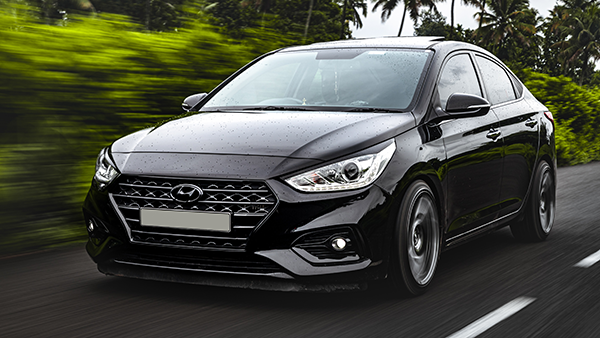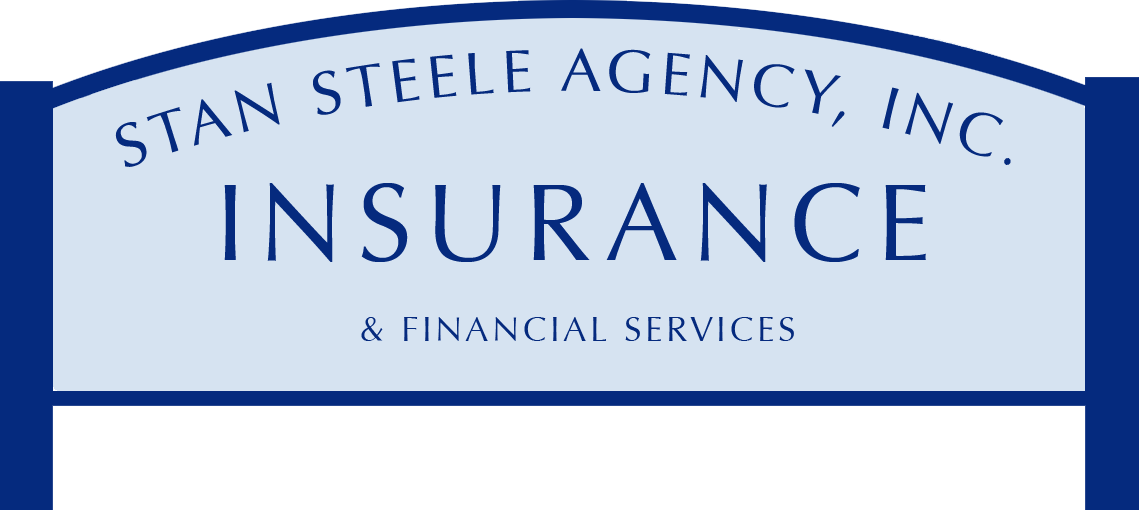Auto Insurance

There are three major categories of coverage on a personal automobile insurance policy.
1. You and Your Family
In New York, the primary medical coverage for you and your family - all of the passengers in your car - is called Personal Injury Protection (PIP). It's common to hear this coverage referred to as no-fault coverage because it applies regardless of whether the accident was caused by the driver of your vehicle or the driver of another vehicle. The benefit to this is that you have control over the amount of coverage, within limits. NY State law requires a minimum of $50,000 coverage, and insurers tend to offer the option to buy additional personal injury protection.
Within the PIP coverage family, we also find an optional coverage called “basic economic loss.” Your policy may abbreviate this with the acronym OBEL. It provides an additional $25,000 available with more flexibility to how the coverage can be applied. For instance, it can be used to offset the cost of physical therapy or assist in compensating for lost wages following an injury in a motor vehicle accident.
In some instances the behavior of the vehicle operator can cause the PIP coverage to be voided. One example is driving under the influence of alcohol. For those individuals that suffer an injury when the driver has been drinking, there may still be hope for some coverage to apply if the policy contains a line item called Medical Payments. While Medical Payments can be used in a similar manner to how the PIP coverage takes care of ambulance, doctor, and hospital bills, it may be the only option remaining in some circumstances.
Beyond the bills and expenses that are generated when you and your family are in an accident, there may also be a financial impact in the form of lost ability to work. A manual laborer that is paralyzed as a result of a hit and run accident loses the ability to work and enjoy many of the pleasures of life. There is a huge need for protection against the long-term pain and suffering that results from the hard-to-measure impact of an accident, particularly since there are drivers on the road with inadequate liability coverage and insufficient assets to fairly compensate you following a serious accident. Enter uninsured and underinsured motorist coverage. It fills the gap that is created when a driver operates a vehicle without any insurance or with an insurance policy that has too low a protection amount.
The limit of insurance that is available cannot exceed the dollar value of the coverage that is carried for bodily injury liability. For example, you cannot have a $100,000 per person limit for liability to others, and then $250,000 coverage for yourself.
2. Your Vehicle
The first optional coverage for your vehicle is called Collision. It helps pay for the cost of repairs to your vehicle following a motor vehicle accident that is deemed to be your fault. It also applies if your car is hit in an accident when the other driver cannot be identified or does not have insurance.
The second optional coverage for your vehicle has two names. Some refer to it simply as “other than collision.” It's more popular to hear it called by the name Comprehensive. It provides some coverage for many of the unavoidable claims that arise from the damage caused to your vehicle by something other than a collision. For example, Comprehensive coverage is designed to protect you from a huge out-of-pocket expense from repairs made to your car following a deer or other animal that hits your car. Occasionally we hear stories of a car that has a mechanical or electrical problem that results in a fire - Comprehension coverage can cover that, as well. Despite your best efforts to secure your vehicle, it may some day be stolen. A heavy windstorm could cause a tree to fall upon your car. Another frequent occurrence that triggers Comprehensive coverage to come into play is damage to the window glass. Many find it valuable to select a $0 deductible for glass damage. This is also known as “Full Glass" coverage.
An accident or disablement can cause more financial loss to you than just the repair bill. Fixing your car can take a while. While your repair facility is doing the repairs, you may be without a mode of transportation. It may be possible to rent a substitute vehicle so you do not lose mobility. Your insurance policy may have an option to add rental car reimbursement coverage. If selected, your insurer will assist with all or part of the cost of a rental car. We typically see a limit of 30 days for this coverage on a policy, and fortunately this time frame is sufficient in almost all cases. From time to time we do see situations involving a repair facility with just the wrong series of events that leads to delays that push the limits of coverage.
Whether caused by an accident or not, you may encounter the need for a roadside rescue. It may be labor such as help with changing flat tire, or engine trouble may necessitate a tow to a repair garage. While the cost of these events is relatively small, some insurance policies offer a coverage option that helps with the cost of towing and labor or roadside help. This type of coverage may already be included from the manufacturer of your vehicle or you may already have it through a motor club such as AAA.
3. Other Drivers
Bodily Injury and Property Damage Liability
The process of setting up a new automobile insurance policy has several steps. They don't always happen in the same order, and not all steps are required with every policy. This list will help you know what to expect so you don't have any surprises.
• The insurer may conduct a telephone verification of the information provided when the policy was processed.
• Some vehicles may need to undergo a photo inspection.
At the moment when your face hits the airbag, you don't want to be saying to yourself: “Did I really buy the cheapest insurance policy I could find?”
Cost is important - you obviously need to be able to afford the policy premiums. It's important to strike the right balance of protection and price, maximizing the value you derive from your insurance program. Many people come to me and say that they have been driving for many years and have never been in a catastrophic accident, so they feel that they want to keep their policy simple. This can be a reckless behavior and denial of the fact that you can't predict the future. A driver can do his or her best to be as safe as possible on the road, and still - something unexpected can turn a flawless driving record inside out.
NY State personal auto policies contain a provision that extends coverage from your personal car insurance policy to a car that you rent. There may be limitations in your policy, but it typically will cover these three major categories of claims that you might encounter:
1. damage to the rental car
2. damage caused by the rental car
3. the loss of the use of the rental car.
The coverage part that is responsible for providing the limitation of coverage is called Property Damage Liability. Double check your policy to make sure that you carry a high enough limit of liability.
Specialty vehicles- antiques and exotics
Can't I let anybody drive my car?
Why do I need to list my newly licensed child as a driver on my policy? (Undisclosed operators)
A word on young drivers
How is the cost determined?
* credit
* driving history
* age
Auto insurance discount - telematics and usage based insurance
Taking advantage of discounts,
* Payment option discounts
Most policies have the option to spread premium payments over the course of a policy's lifetime. You should take note that the convenience of having the ability to spread a large premium over the course of several payments does have a cost. Companies charge a service fee each time a bill is sent. This charge is called an installment fee, and typically costs between $3.50 and $12.00 per bill. Those who choose to pay the premium for a policy all at once have the convenience of knowing that the premium is paid and installment fees have been avoided. An added benefit available from some insurers is a pay-in-full discount. This means that in addition to avoiding the installment fees, the actual premium itself is discounted below the pay-in-installments premium.
fSince policyholders must pay premiums, it makes sense to automate the payment process. The banking industry has enabled ways for banks to communicate quickly and efficiently in the transfer of money in a transaction. Many insurers have taken advantage of the benefits of payment automation by offering an automatic payment option. This means that the insurer will communicate with your bank so that the premium payments are made directly from the policyholder's checking account. This is often called Electronic Funds Transfer or EFT. Some companies also offer the alternative of having a recurring automatic credit card transaction. Enrollment in these payment plans has several advantages.
1. Installment fees may be reduced or eliminated completely.
2. The premium you pay for the policy may be reduced if there is an EFT discount.
3. You can be more comfortable about the premium payments knowing that they will never be late or missed, so the policy cannot lapse as long as the payments are successfully drawn from the payment account. Late fees can be $25 or higher.
4. Continuous on-time payments can earn or regain a good-payer discount.
See also How will my rate be determined? (Section in each chapter for different policy types)
